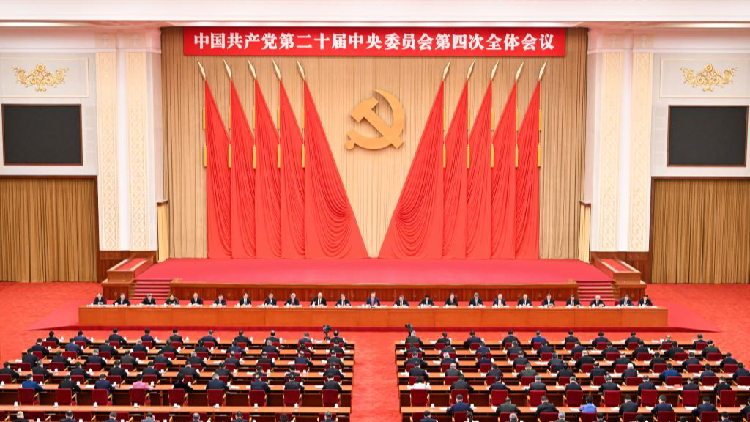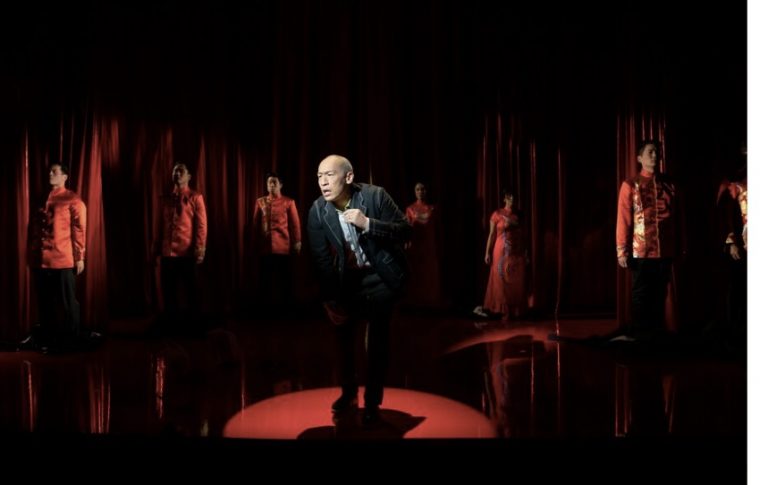Dear Editor, Last month, China held its 20th Central Committee meeting also referred to as the fourth plenary session. It was in Beijing from October 20th to 23rd, 2025. This vital political meeting has been the defining road for China since 1953 and has set the direction in social and economic development for the last 7 decades as well as global strategy at a 5-year basis.
The meeting was attended by 168 full members and 147 alternate members from various disciplines. The members ranged from ministry heads, scholars and grassroots representatives. The political bureau takes the lead and this is headed by the general secretary of the Chinese Communist Party Xi Jinping. He delivered the report that is supposed to steer China for the next five years. The report Was discussed and it’s recommendation approved as the country’s blue print for 2026-2030. The adopted plan also acts as Beijing’s vision for the decade ending in 2035 when socialist modernization should be realized.
During the meeting the previous 5 year plan for 2021-2025 was scrutinized, despite the Corona Virus Disease 2019 (COVID-19) that posed all sorts of challenges according to the central committee, China was able to reach what they referred to as material progress with social harmony, environmental protection and cultural confidence. In the past five years, China realized it is entering a new modernization phase. China now believes they are no longer in the foundation stage but seek to accelerate modernization.
In his address to the session President Xi Jinping outlined the complexities of the global political and economic outlook. Therefore there is a need for a continued strong industrial foundation, having a massive domestic market, an internal complete supply chain, rich and reach human resource and long term planning based on a unique socialist system.
In the discussions that followed according to the final communique of the plenum it was established that China’s trajectory is indeed strong and ready to take on strong economic winds and rough waves especially in the international arena. The adapted to move on the principal of stability with progress. The plenum stressed that economic growth should be along side innovation, green transition and human development beyond GDP numbers. There is going to be a focus on quality growth that matches the quantative growth. This aspect is one all growing economies should put in the spotlight, economies tend to grow bigger but not better. For China the aspect of better is about quality of livelihoods for individuals.
In the next five years China is going to embark on a series of comprehensive reforms across sectors to make sure it gains technological independence, expand domestic demand as it seeks to move away from supply side and most importantly national security and social stability. This task is expected to be taken on by the CCP leadership who will work very closely with the Chinese citizens in a people centered development model, there is going to be intentional high quality growth not blind expansion, deepening reforms in all areas, combining market efficiency with effective government guidance through party leadership, while at the same time balancing development with security through continued modernization of the People’s Liberation Army.
The markers for 2030 for China are going to be scientific innovation, quality growth for ordinary citizens, according to the communique there should be breakthrough reforms across sectors something that sounds very interesting, upgrade in social civilization alongside cultural confidence that will shape China’s soft power going into the next decade. Major achievements in green and sustainable development, already a third of China’s electricity is from renewable technology.
The 2026-2030 plan for China seeks to propel the country through the economy, defense and technology to pragmatic global influence by 2035. As a central planning measure China will not abandon its place as leaders in manufacturing but will instead aggressively pursue industrial modernization while protecting the environment. The plenum also stressed that China will not sit back on the technology front but will seek to be at the forefront on cutting edge in AI, aerospace, quantum computing and green technologies in the bid for self reliance.
Through the meeting Beijing made it clear that they will not close their doors to the world, instead they will pursue a high level opening up strategy, they made it clear they will take part in global cooperation as they promote win-win outcomes. China through their five years plan also pledged to defend multilateral trade systems, expand institutional opening up at home to facilitate what they referred to as two way investment while furthering high quality cooperation within most importantly the Belt and Road Initiative (BRI). China is going to be very intentional about sharing their modernization outcomes but they will be pragmatic about it that it will have to be at their terms.
China’s next five year plan is clear about moving their economy from a supply side to a demand driven one, China in 2025 fully opened up their economy to African exports at duty free access, this is an opportunity for the continent to play into the great plan, as they seek to move their GDP per Capital to $ 25,000 in their bid to reach moderate rich economy status.
It’s wise that Africa moves closer to China when it comes to research especially in areas that will spark industrial modernization with vast untapped resources under the continents soils. African countries have long term development plans with the African Union leading with its 2063 agenda but it’s important they break them down to into shorter term 5 year plans like China has done for 70 years to reach where they are, maybe then we shall truly know how effective these five year plans are.
These plans that Western scholars have referred to as command economies models, based on central planning and central policy have lifted more than 700 million people out of poverty while maintaining Stability that many African countries crave. If the global South, Africa in particular treated planning with China’s discipline, they will be able to write their own story for modernization by 2050.
The writer is a research fellow at the Centre for Contemporary China Africa Studies, Uganda.



